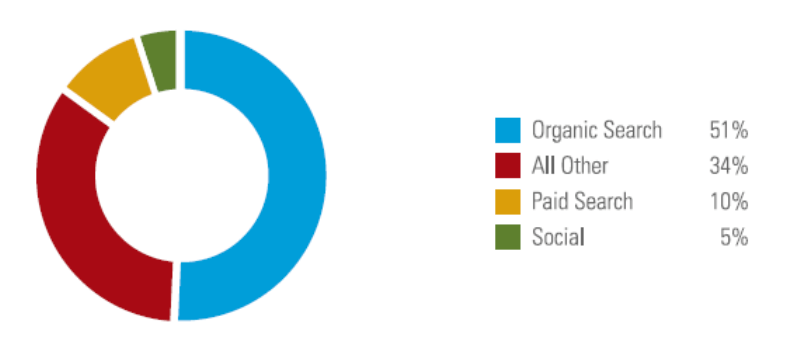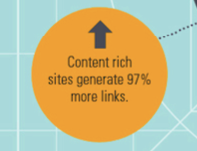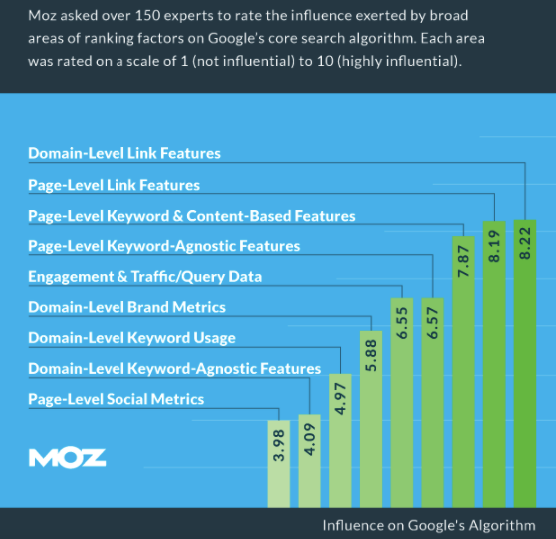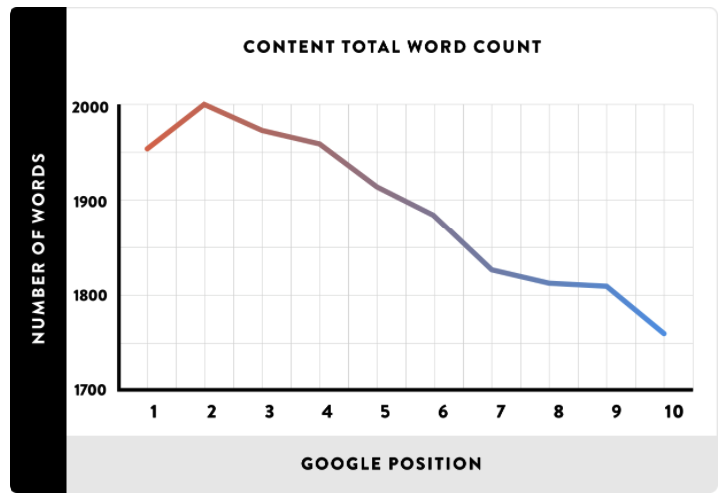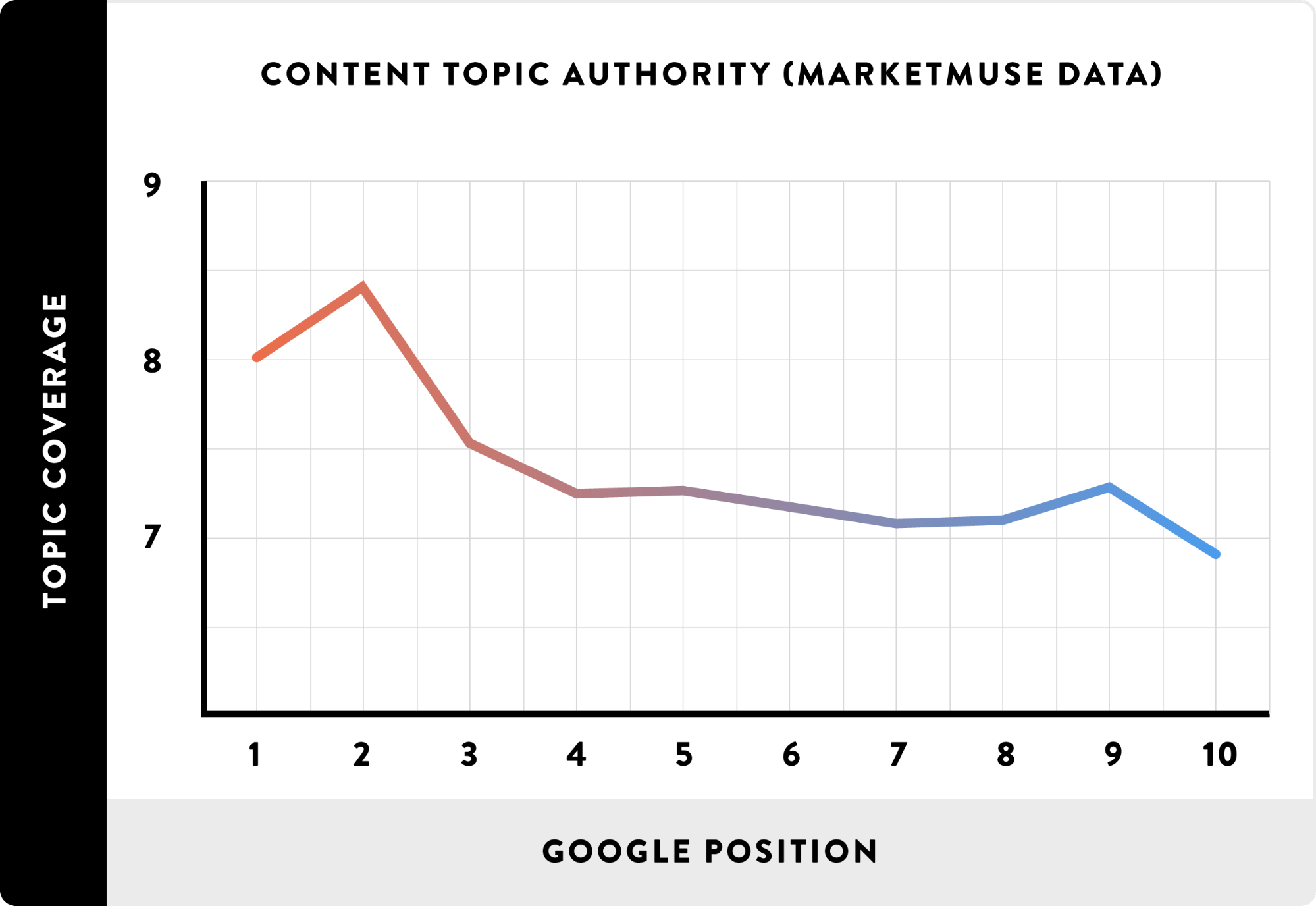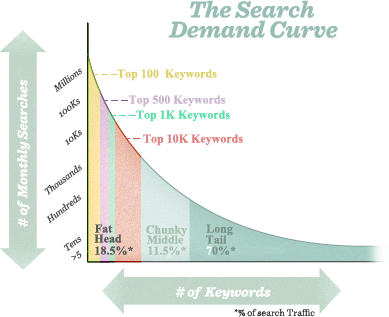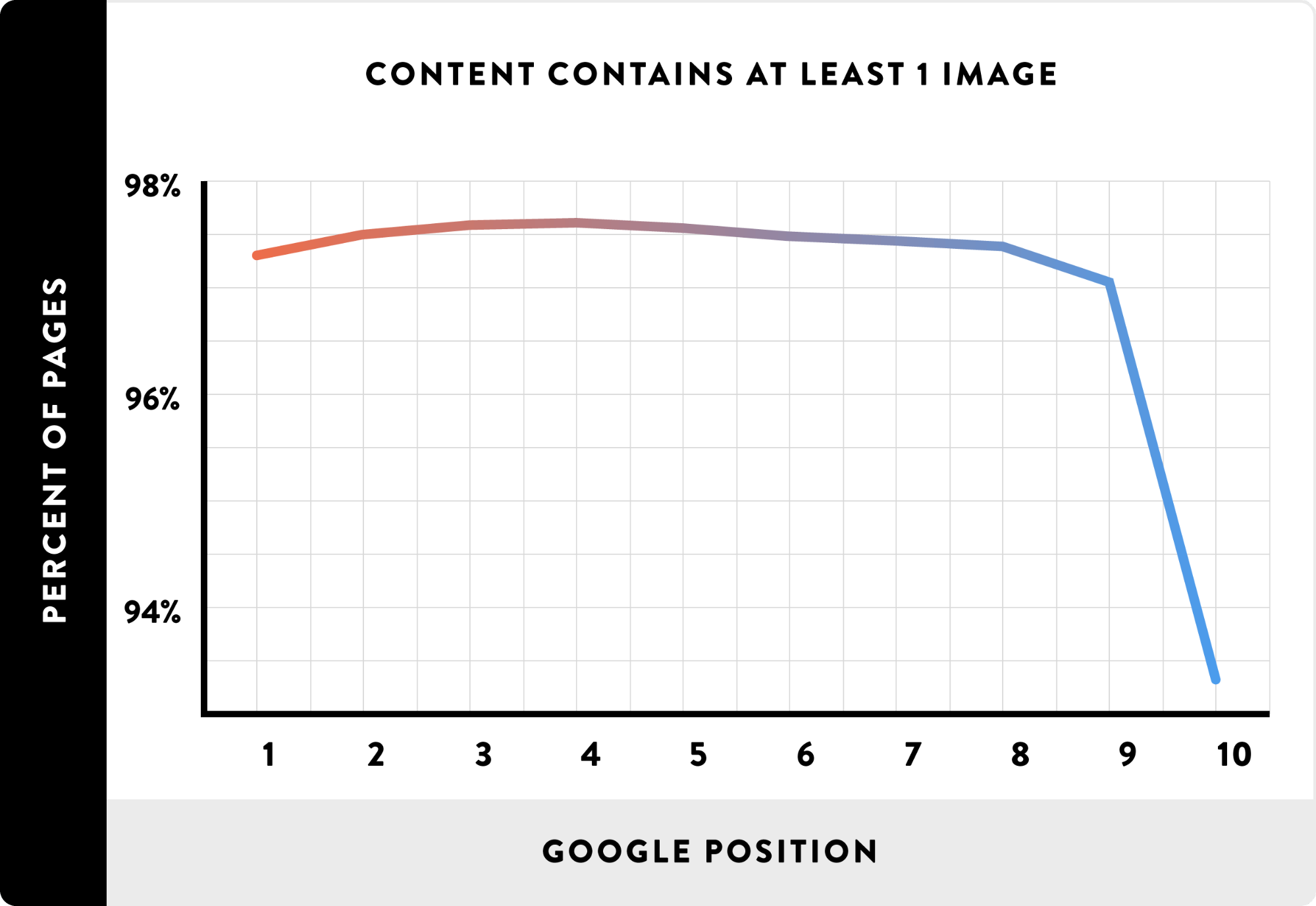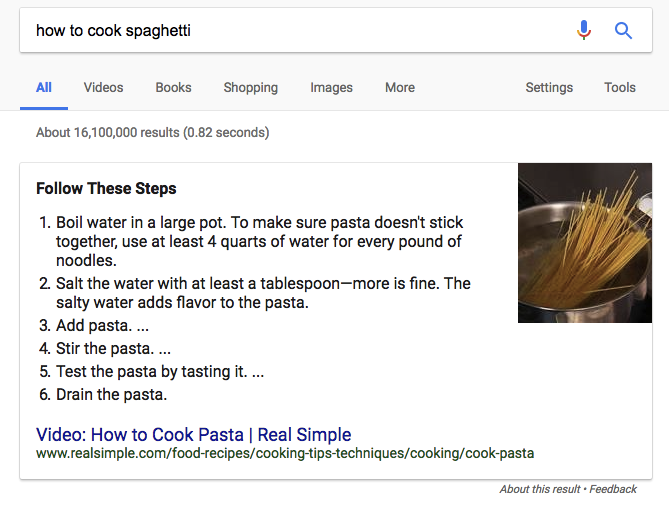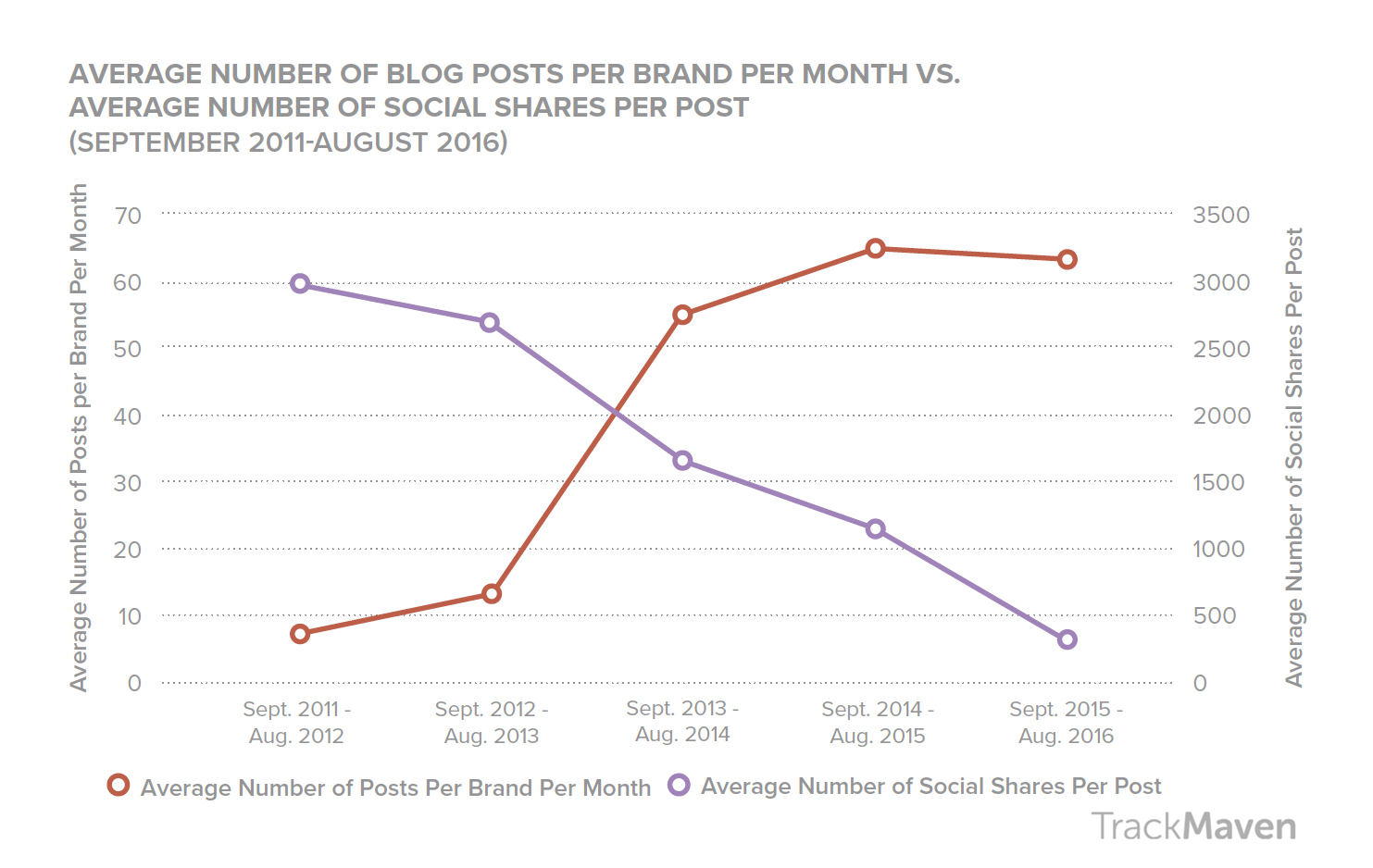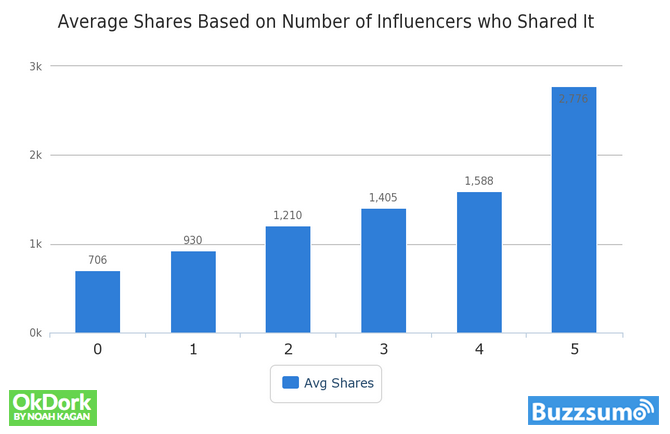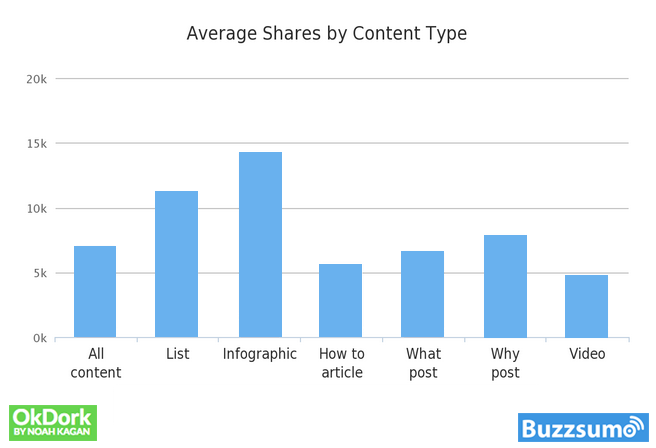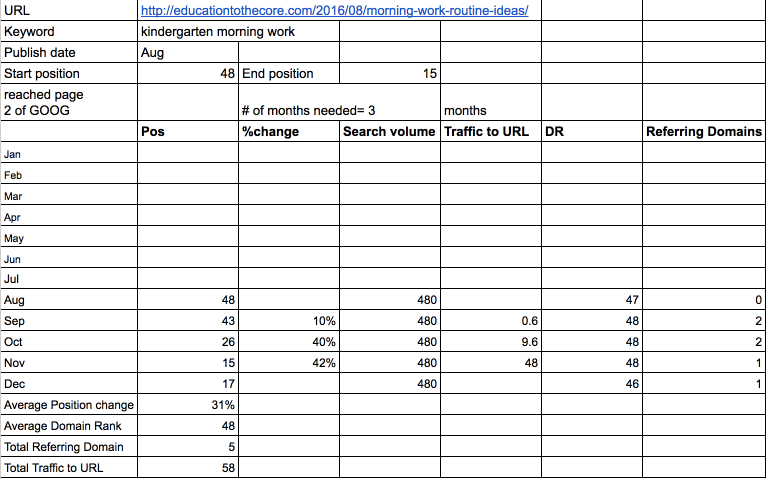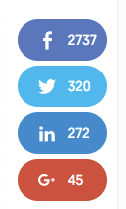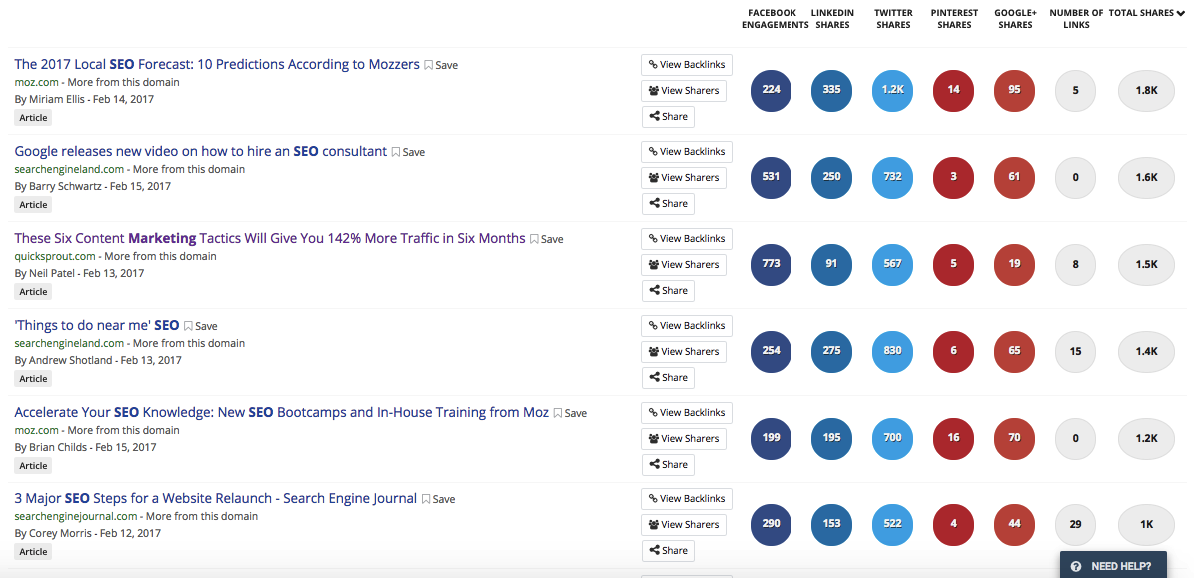may Google puke with FCS networker

I’m not going to lecture you.
You already know that content marketing can be a very successful form of marketing.
You also know that producing great content takes a lot of time or money, sometimes both.
But there’s something that you might not know, at least not for sure.
Just because a piece of content gets thousands of views or hundreds of social shares doesn’t mean that it produced a positive return on investment (ROI).
You could spend $100,000 on the most spectacular piece of content on how to pet a cat. It’s very unlikely that it would ever make you anywhere close to that amount back.
Content marketing is only effective if it’s profitable.
From what I see and hear, only a small fraction of marketers actually achieve a significantly positive ROI with their content.
That’s a HUGE problem.
While there’s a lot of factors that contribute to your ROI, I’m going to assume you have the basics of content marketing down.
That allows me to show you 7 different ways to maximize your content’s ROI.
If you apply even a few of these tactics, you can take your content from a break-even or slightly negative ROI to a healthy, positive ROI.
Achieving this will allow you to ramp up your content production in a sustainable way.
1. Pick 1-2 channels and design around them
A common mistake I see is people creating a piece of content and then trying to promote it everywhere.
I’m talking Facebook, Twitter, forums, Reddit, and any number of other marketing channels.

The reason why this is a mistake is that audiences on different channels and platforms within those channels typically behave very differently from each other.
Content that may be very popular on one channel isn’t necessarily going to do well on another channel.
That makes a shotgun approach for promotion a waste of your time, and it’s going to kill your ROI.
The solution? Get specific: You need to find 1-3 channels where your content does best.
For Quick Sprout, I use mainly Facebook and Twitter, along with my email list.
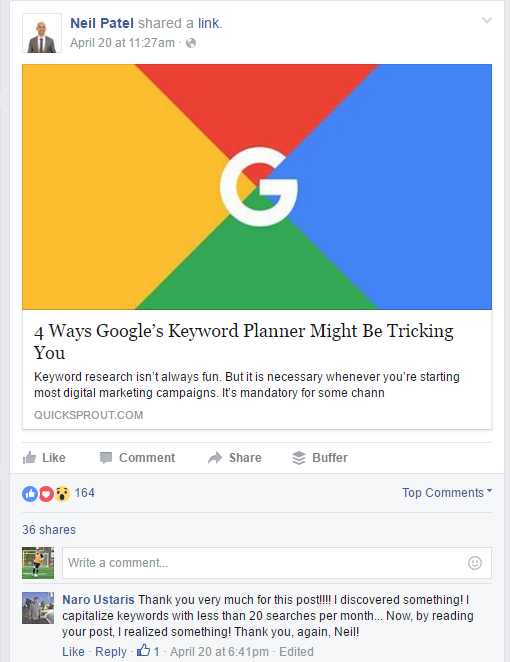
Ideally, you want to identify these channels before you even create your content. Then, you can tailor everything, including the topic, angle, and title just for those specific audiences.
Here’s your practical takeaway: Stop promoting your content on every place you can think of—you’re wasting your time. Focus on the sites that send you the most visitors for your time, effort, and money.
How do you pick a channel to focus on? Analyze your past content, and determine the number of visitors or subscribers you got from each channel. Create a simple table, like this one, for each piece of content to measure your results:

- Time spent – how much time you need to spend to promote content on this channel
- Cost of time – your time has value, input a $/hour value here
- Other costs – put in any money you spent (e.g., advertising)
- Total cost – add your time and other costs together
- Sales/subscribers/visitors – pick a metric, and record the results
Then, divide the sales (or subscribers, or metric of your choice) by the time it cost you to get a return per hour metric.

You will see that certain channels vastly outperform others.
2. Never stop updating
As you may know, there are 2 types of content…
Evergreen content, which stays relevant for years (possibly for the foreseeable future) and non-evergreen content, which will go out of date in the near future.
You’ll probably end up creating both types of content.
The main downside of non-evergreen content is that once you get the initial value out of it, it fades into irrelevance and won’t help your business much.
However, you can essentially erase this negative effect by continuously updating your content.
It’s something that Brian Dean does very well; you should follow his example.
For example, he created an incredibly thorough guide to SEO tools:

He updates this guide on a regular basis.
Why is updating so important? Updates are all about the reader. They make the content much more valuable.
SEO tools come and go all the time.
If you look at other lists of SEO tools that are a few years old, you’ll see that most of the tools listed there are either ineffective these days or no longer available. Plus, they are missing some great tools that were recently released.
While Brian isn’t ranking #1 for “SEO tools” in Google, he ranks very highly, and I expect his rankings will continue to rise (it’s a tough keyword):

Google is going to see that users find his guide the most useful, and it will be promoted.
Updating has a few other side benefits.
First, it allows you to keep promoting your content. Usually, you publish something and then you go all out on promoting it for a week or two.
After that, you probably have a bit of anxiety doing more promotion because you feel like your content already isn’t that “fresh.”
If you update your content, it allows you to send a quick Tweet or email to people who have enjoyed it before, letting them know you’ve added a few cool tidbits (like new tools for Brian). That’ll get you extra shares and links.
Finally, a lot of things influence what your readers will share with their friends and communities.
Mainly, they want to share things that make them look good. That’s why they rarely share old content, which is probably not applicable anymore. But if you keep updating your content on a regular basis, visitors will have no problem sharing it far past your first publish date.
3. Never stop promoting
I’ll let you in on a little secret:
Most of your ROI is going to come from your content promotion.
While great content is a good start, it’s nothing without a substantial amount of promotion.
Some top marketers, like Derek Halpern, even spend up to 80% of their time promoting content (the other 20% on creating it).
But here’s the problem: Even if you do a great promotional push for a week or two, your traffic will spike but then quickly die down.

I guarantee that you haven’t reached even a fraction of the people that could benefit from your content during that time frame.
There’s no rule that says that you can promote only new content.
If you want to maximize your ROI, you likely need to spend more time promoting your old content as well.
For starters, you can simply repost your content on social media and forums every once in awhile.
Additionally, you can set up Google Alerts to let you know when anyone is talking about the topic you wrote about. You can then pop in and suggest they visit your guide.
On top of those, most promotional tactics are still viable. Very few don’t work simply because your content was published a month or two ago.
4. There are diminishing returns between quality and ROI
This is where creating great content gets really tricky.
Generally, I’m a supporter of creating truly “epic” content.
But it’s not always a good idea.
Sometimes, making your content better will leave you with a worse ROI.
The reason behind this is pretty simple. To design custom images and layouts, it takes a lot of time and/or money.
Even the table of contents for my advance guides (in the sidebar) cost a ton to make:

At some point, you may have a piece of content that’s really good. If you spend another $100 on a custom image, will that bring you more than $100 later on?
That’s the question, and it’s a tough one.
When do you stop improving content? It’s going to vary in every case, but I’ll get as specific as possible.
Let’s start with a fundamental principle: your content should be better than that of all your competitors.
If it isn’t, you’ll be lucky to achieve any positive ROI at all.
The better your content is, the more it stands out from the rest:

But you reach a limit.
Once your content is significantly better than all the other content on that subject, readers can’t tell when it gets even better.
Readers determine the quality of your content in large part by comparing it to others. So, even if you improve your already-better content, in the eyes of most readers, it’s still just “better” than the rest.
If there’s no significant difference in perception, there won’t be a significant difference in your return. And since you spent more to improve your content, that means your ROI declined.
Your practical takeaway: Make your content significantly better than your competition’s, and then stop. Any further improvements will be costly and your ROI will likely decrease.
Of course, you should test this yourself, but that’s a good rule of thumb to follow.
The one exception to the rule: I mentioned my ultimate guides before. These obviously broke the rule because I went way above and beyond what was already out there.
I did this for one main reason: So that no one could come in later and create something significantly better.
These guides have driven hundreds of thousands of visits to my site since being published. Even though they are years old, no one has comprehensively been able to create content that “beats” them.
They allow my site to retain its position as the leader in each of those areas and deliver constant traffic even now.
If you know that a piece of content has the potential to deliver a large volume of traffic (usually through SEO) for years, and that others will try to create better content than yours, you can take this route.
Alternatively, you could just upgrade your content as others catch up and hope that none of them create a guide like this that you can’t really beat.
5. Advertising is not the enemy of inbound marketing
I told you earlier that Facebook is an important channel for Quick Sprout.
But if you’ve used Facebook for your business, you know that the organic reach percentage—the number of your fans who see your posts—is dismal:

If you rely only on organic traffic on most social channels, you’re missing out on a lot of reach.
But a lot of marketers, especially newer ones, hate advertising. If you’re a strict inbound marketer, you might not want to tap into outbound marketing options.

But outbound (“interruption” in the picture) marketing and inbound marketing do not need to be exclusive.
You can use both of them at the same time to promote a piece of content. And when you find the right combination, you can see big gains to your ROI.
6. The biggest mistake you can make is not optimizing your funnel
It’s the first word in ROI: return.
If you have no way to make money, no content will have a positive ROI.
It’s absolutely essential that you have some sort of sales funnel in place, ending with some sort of product (or alternative monetization method) for visitors and subscribers to buy.

Most of what I’ve written in this post focuses on your content and promotion, but just as important is what happens after.
Have you optimized your email marketing? Do you have a clear path to generating revenue from visitors?
If you don’t, you need to.
Doubling the conversion rate at any point near the bottom of your sales funnel is an easy way to double the ROI of all your content.
Here’s a good starting point to optimizing your sales funnel.
7. Simple, but crucial: measure your ROI
Your ROI for a piece of content is determined based on a variety of factors.

You need to understand how to calculate your ROI and then measure it for every piece of content you produce.
If you don’t measure it, there’s no way to try different content creation and promotion techniques and see which ones actually improve your ROI.
Good marketers continually refine their content marketing strategies and find incremental improvement.
Conclusion
Content marketing can be a great tool in your marketing arsenal.
But only if it actually makes your business more than you spend on creating it (aka a positive ROI).
I encourage you to test the ways to maximize your ROI I just showed you. In most cases, you’ll see a significant bump in your ROI.

how I went to number one on Google for a competitive term by just getting people to click my page
from Brian Milners SEO Feed http://feedproxy.google.com/~r/Quicksprout/~3/1_f-SpYD4Xg/
via
IFTTT









